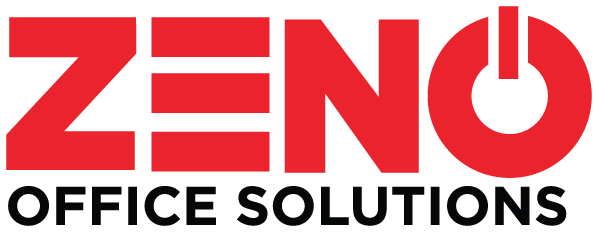Office scanning is a critical step in your digital and functional office solutions that is often overlooked. People think that scanning is just a small part of the process, when really it is the key to conversion.
If you’re converting documents for clients, collaboration, or contracts, you want your scanned items to be in high resolution and well transmitted.
Read on to make sure that your scanning strategy is on point for high quality results.
First Steps
First steps when establishing best practices for scanning:
- Make sure that you have high-quality, updated scanning equipment that will deliver the clear, accurate, easy to read results that you want.
- Confirm that your scanner features support what you need to do – whether that’s sending large reports or high res photos.
- Understand the volume for your scanner so you don’t overload it.
- confirm how the scanned items are received and – if internal – that they are saved following company processes.
Best Practices
Next, you want to outline the scanning practices that will serve your business. Here are three examples of best practices for office scanning:
- Only scan items when you have a clear end destination – either to send or save in a specific location.
- Make sure that your equipment settings are checked regularly and supplies are updated to create the most high quality scans possible.
- Ensure that everyone follows a scanning process that works – scan, save, send. This enables search and other functions to operate smoothly.
Get Ahead with the Right Tools
Implementing scanning tools is easy when you have the best equipment and understand the processes you need to established. Start by talking with the team at Zeno Office Solutions – they’ll help you get going to create a system that will help you succeed.



